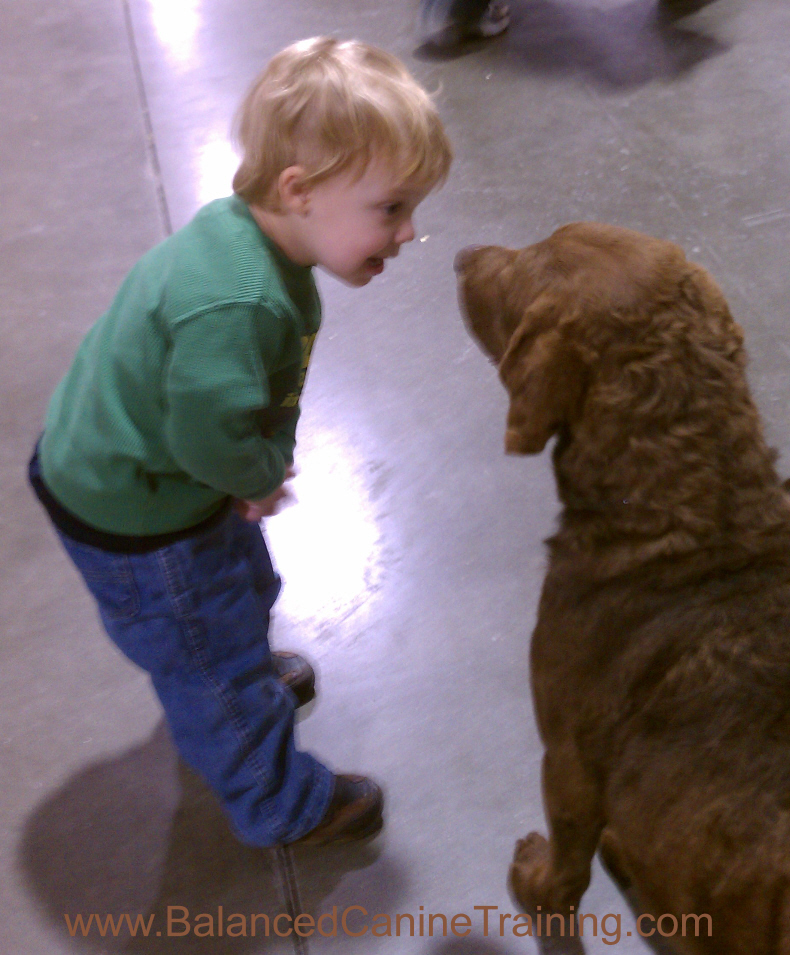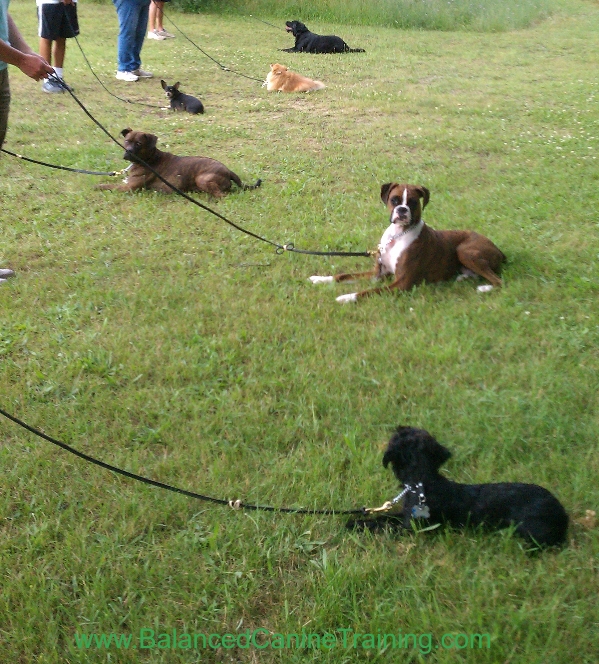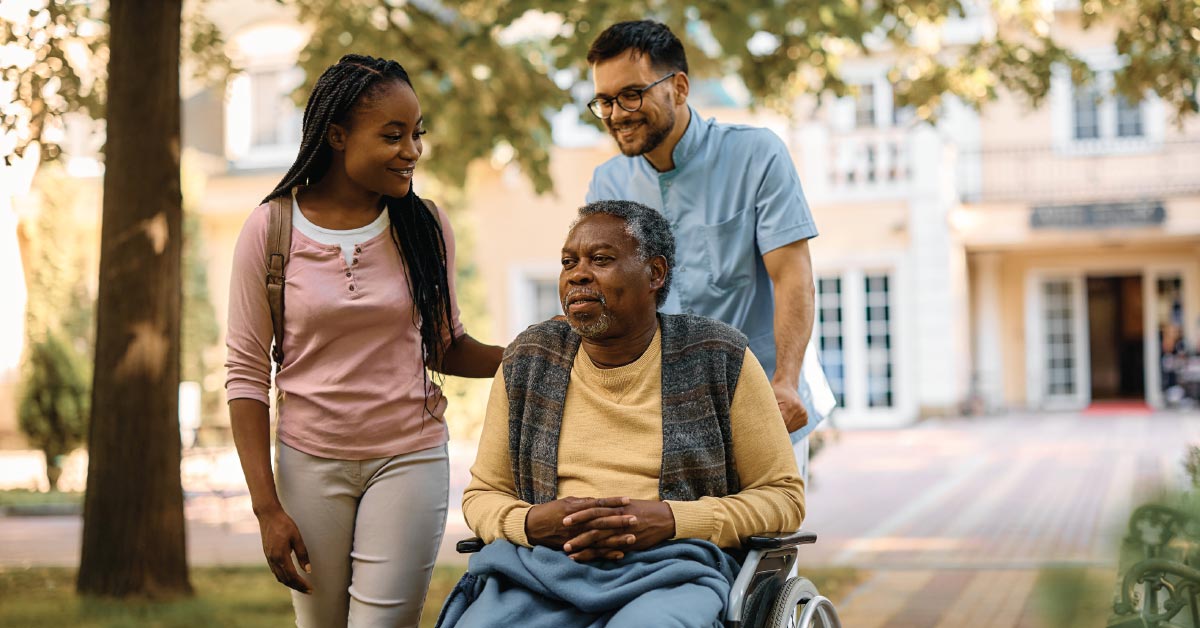Karen Palmer is an educator and dog lover at Balanced Canine Training in West Michigan, and she says it’s her job to help people learn what to expect from their pets and build a relationship on mutual trust and respect. We asked Karen to give us a tip or two on dog training and making pets a part of one big, happy family–with boundaries.
Is it common for people to treat pets like a part of their family?
It is VERY common for people to treat their pets as if they are a part of their family. This can be great for the whole family when people remember that they are dogs, but often people do take it too far. Dogs and children have many things in common, but when people expect the dog to behave as a person would in all circumstances, the dog can be overwhelmed with the burden placed on them. This is especially true when people overwhelm a dog with their emotional energy. Dogs want, and need, to be more than just "therapy dogs" for their owners.
What are some ways to make pets a part of the family?
Responsible pet owners must provide the basics in shelter, nutrition, water, exercise, and health care according to the requirements of each particular species. But to make pets a more integral part of the family, we cannot neglect their mental and emotional needs. In other words, we need to spend time with them, and give them something to do. To help the dog become a member of the family, he should be brought inside at night (unless he prefers the outdoors, as some do), and given something to do with his family during the day. There are many sporting activities available for dog owners today.
How can a family without a pet integrate one into their daily routine?
There is an adjustment period involved, and this should be planned for. If you sit down and write out your daily schedule first, you might find that you really don't have time to walk and groom and clean up after and feed and exercise that pet. Where there is time, schedule time for all of those things until the new schedule becomes just a part of daily life.
Why should pets be made to feel like one of the “family”?
While not every animal has this social need, there are some pets that are part of a very social species. Horses have herds, birds have flocks, and dogs have social groups, too (wolves have "packs," but feral and more domestic dogs can be more flexible). For those pets, we are often their only social connection, and this is an important part of fulfilling their mental and emotional needs.
How can the whole family get involved in training their pet, and why should they?
Many of the people I know who are active with their dogs are women. They like to get out of the house, exercise, and have fun with their dogs. When it comes to an obedient response or a friendly relationship, the dog will always turn to the person or people who offer the most time and energy strengthening that bond.
The human-canine bond is strongest when the whole family understands their roles, responsibilities, and expectations. Consistency in routine and in communication is important. This is why I encourage both parents to attend class, or at least read the weekly instructions, so they can understand the process that the dog and the handler doing the training are going through. The dog will respond to others in the family when they communicate with the dog in the same way as the primary handler does.
In addition, teaching the children some basic rules for child-dog interaction is a must. Start with very basic rules with the youngest ones, and let them observe the activities of older children and adults. When they are old enough, supporting them as they work with the dog helps them learn and grow in confidence.
 What does a family gain from pet training?
What does a family gain from pet training?
In my personal life, I have found that the more active I am with a dog, and the more training I do with a dog, the tighter the bond is. When a dog is off-leash reliable, you can do so many fun things with them! The mutual trust and respect we can develop through training and exercise together is definitely worth the investment of time and energy.
For people without children, dogs can give us an outlet for our nurturing instincts. This can be great if we are careful not to take it to an unhealthy level. We must remember that they are dogs, and respect the "dogness" in them. Training gives us a way to practice our teaching skills and develop a sense of responsibility for something or someone else who depends on us. For parents with children, a dog can be the most loyal friend, the most honest teacher, and the most faithful guardian at times when the world can challenge a parent in those roles.
While the benefits of this close bond with dogs also makes it harder when we lose them, we gain so much more by their presence in our lives. Dogs are confidants, helpers, and sometimes rescuers. Those are traits we want in the best of friends–those friends we pull close enough to call "family."
Source and photos: Karen Palmer, ACS, ALB Balanced Canine Training www.BalancedCanineTraining.com 231-343-1142




